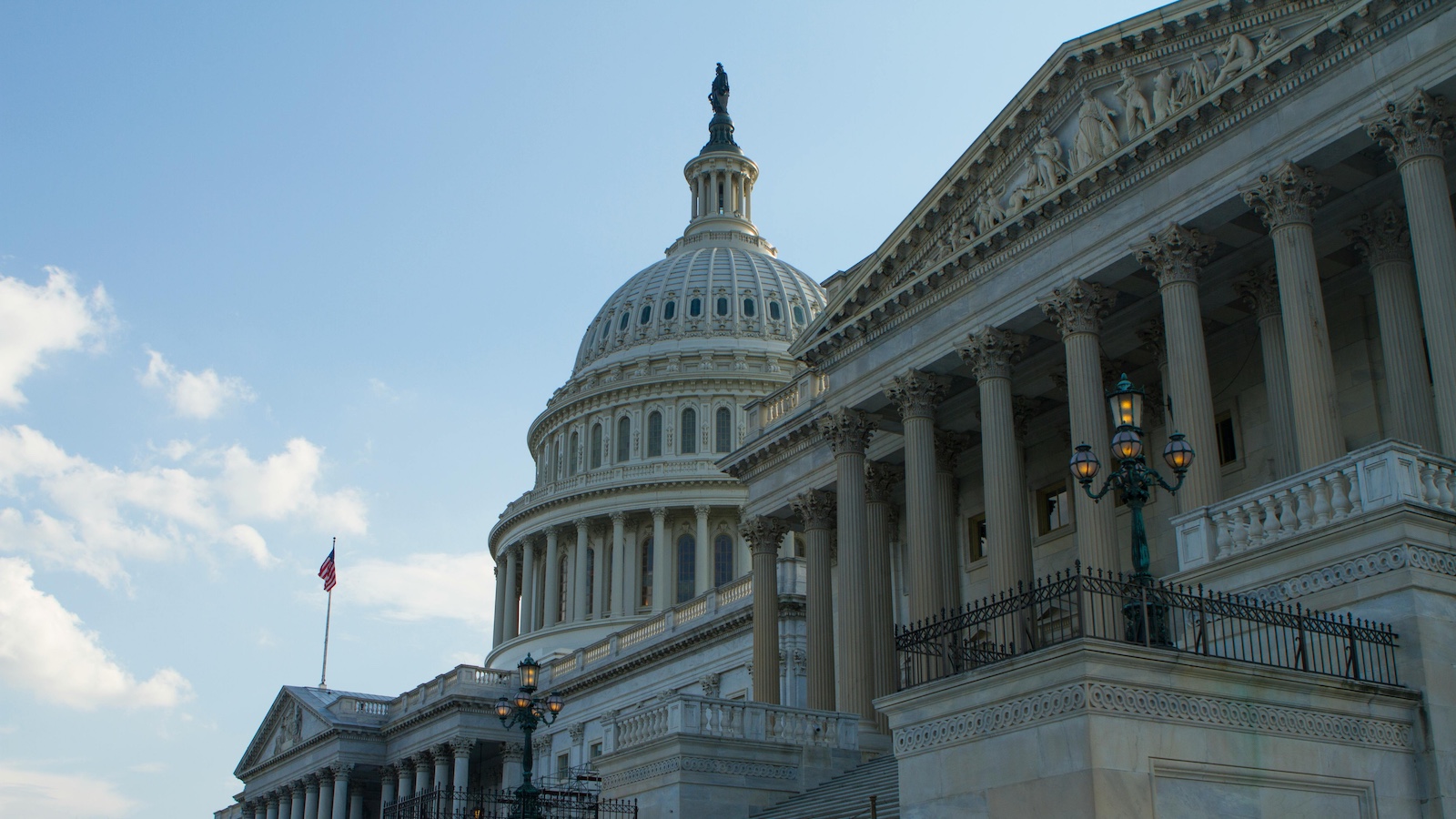A friend and colleague, Chunka Mui, once said, "Marketing is when a company lies to its customers. Market research is when a company lies to itself." In the insurance industry, talk of the protection gap manages to combine both problems: It's something of a lie to customers and is an even bigger lie to ourselves.
People routinely talk about the protection gap -- the difference between losses incurred and the amount that are covered by insurance -- as though the number shows how much more insurance people and organizations should be buying. We comfort ourselves with the size of that number, because we think it represents opportunity for us. We also, frankly, get a little condescending about the people and organizations that aren't bright enough to buy our product to cover their losses.
But if you look at it from the customer standpoint, there isn't a gap. We're just kidding ourselves.
To make the math simple, let's pick a country at random and make up some numbers out of whole cloth. Let's imagine we're Gabon, and we, as a nation, incur $1.5 billion of losses a year, while only $500 million is covered by insurance. We're told we have a protection gap of $1 billion. We should buy $1 billion of additional coverage. It'll only cost us $1.3 billion. That's because -- again, in very rough numbers -- the insurer has to tack on 20% on top of the losses to cover expenses and needs its 10% profit margin to keep shareholders happy. But why would Gabon decide to overpay by $300 million a year?
The insurer's employees and shareholders are surely nice people who could use the money, but shouldn't Gabon take care of its citizens? I understand about peace of mind and surely believe that insurance plays a crucial role in the world economy, but, from a certain perspective (one that many customers take), I'd be better off going to a casino and playing the slot machines rather than buy insurance. The casino might even throw in free drinks and a show.
Insurance needs some new math to replace the protection gap, and we need to stop acting as though it's a real thing that a customer might care about. The first step is to cut expenses radically -- perhaps 50%. I use that number because a famous consultant/author with whom I have worked is going to argue in a book soon that every business needs to cut operating expenses by 50% within five years. I also see enough innovation happening around the edges in insurance that I think radical cost cuts are possible.
For instance, at the Global Insurance Symposium in Des Moines last week, I met the founder of RiskGenius, whose artificial intelligence could automate the work of whole swaths of people at brokerages who review the constant stream of changes in policies. But even that new math only shrinks the problem. Add half the previous expenses onto that $1 billion of insurance for Gabon, stir in the required profit, and you're still asking the country to pay $1.2 billion to cover $1 billion of losses.
The real change can only happen when insurance gets out of its product mindset and shifts to a service mentality. Then someone could go to Gabon and say, "Our insurance company knows an awful lot about how losses occur. How about if we advise your government, your companies and your citizens and help you prevent as many as we can?"
Then, perhaps, you shrink those losses by a third -- and keep some of that difference as profit. If you still take that whack at expenses, you could tell Gabon: "We'll take responsibility for your $1.5 billion of losses (both the insured and the uninsured), and it'll only cost you $1.25 billion. You'll come out $250 million ahead, while we cover all our expenses and earn $100 million profit." That $250 million gain is the kind of gap a customer will believe in.








